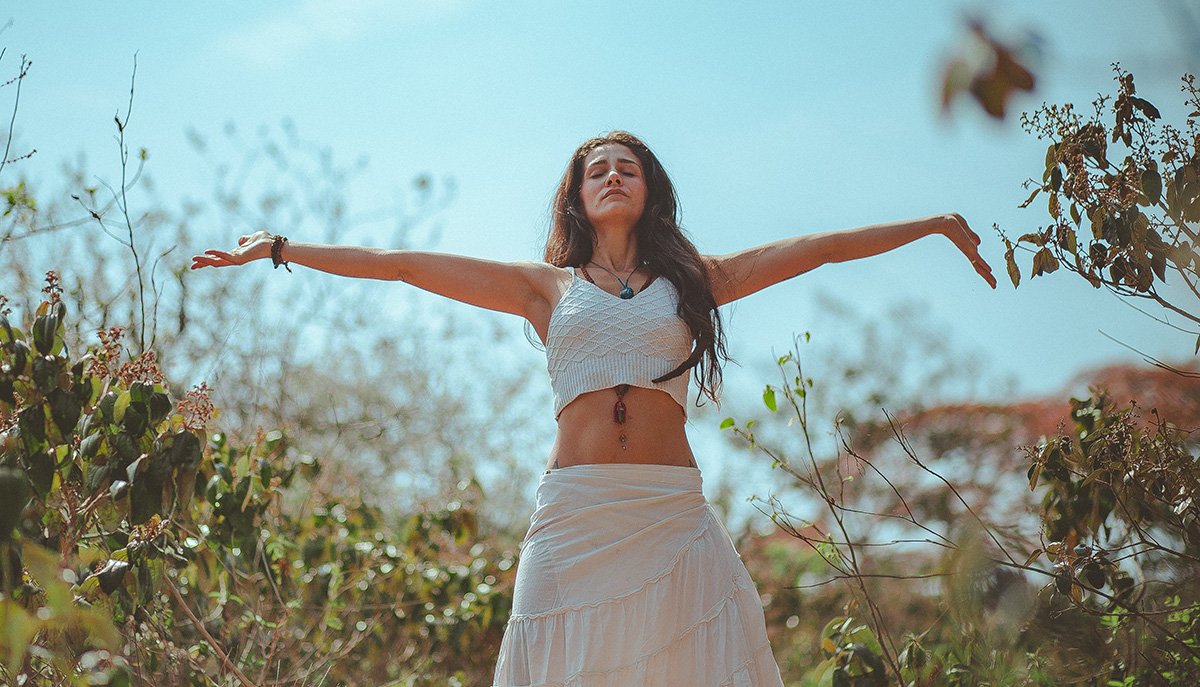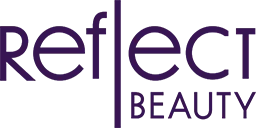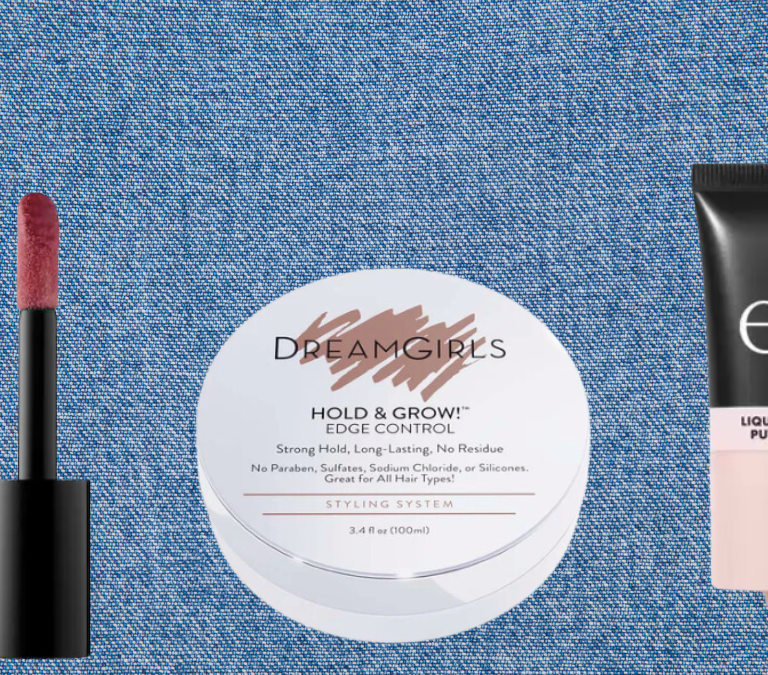
Curanderismo—the art of Latine folk healing—is a practice that goes back hundreds of years to the indigenous and pre-colonial societies of South and Central America. Today, the practice is becoming increasingly popular for its spiritual, natural approach to care, providing people with alternative solutions for physical and emotional ailments.
[SEE ALSO: 6 Latine Fragrance Brands We’re Loving]
The New Mexico Historic Women Marker Program notes that curanderismo spread globally throughout the sixteenth and nineteenth centuries; now the practice can be seen across continents and contains much international influence from groups outside Mexico. In 2020, COVID led people to seek non-traditional remedies for their various symptoms, curanderismo witnessed yet another wave of interest.
With the pandemic, Torres observed a spike in interest in the UNM curanderismo class, noting the many natural remedies people sought to quell their COVID symptoms.
“There’s nothing we found that prevented COVID, the best thing is the vaccine. But there are plants that deal with the symptoms of COVID. And that’s what people were looking for,” says Eliseo Cheo Torres, an academic and part-time faculty teaching curanderismo courses year-round at UNM.
“One of them that’s making a comeback is borraja — or borage.” Torres said. “It’s used in hot weather, it cools the body, it deals with fevers.” Torres also mentioned that curanderos at the time prescribed people passionflower for their nervous systems, as well as valerian and linden flowers. Besides plant-based medicine, curanderismo also involves curing intestinal blockage, spiritual cleansings and laugh therapy, among other healing practices.
Beauty From The Inside Out
For people also seeking beauty advice and remedies through curanderismo, curandera Rita Navarette suggests starting by looking inward. She prioritizes a balanced, clean diet alongside building confidence to start better appreciating one’s own beauty.
“If I lack self-esteem and passion (for life) to feel a balance between my mind and body, then I cannot feel the beauty of what I am. How perfect I am, how whole I am,” she said, via an interview translated from Spanish to English for this article. “In that case, I need to give myself time to do a ritual of talking, crying, singing—freeing myself—to remove those blockages of regret, guilt, sadness, etc.”
A curandera of Otomi origin, Navarette lives between Mexico City and her ancestral home of Mataxhi in Jilotepec, Mexico, where she practices curanderismo alongside her grandchildren, who are now sixth-generation healers. For more intentional confidence-building through the rituals she described, Navarette suggests dedicating time to yourself. Writing and talking, especially in community, can be tremendous healing tools, as Navarette notes we all want to be heard and understood.
Using Natural Remedies for Skin and Hair
In terms of remedying physical conditions, such as dry skin or lackluster hair, Navarette draws on various natural remedies. She’ll make artisanal face masks using yogurt, milk and red fruit, depending on an individual’s skin needs; clay is used to draw out sebum and acne, for example.
As a curandera, she also oversees a temezcal. The temezcal is a sweat lodge that uses volcanic rock. Here, participants can experience eucalyptus, rosemary, arnica and marigold vapors, which will open the pores. After leaving the temezcal, participants receive full-body washes of rosemary tea for a more present self-care experience.
You Are What You Eat
Besides all this, Navarette maintains a vitamin and veggie-rich diet as a component of her beauty care, citing that she is “part of what she eats.” She suggests drinking plenty of green juices to stay hydrated and eating fibrous meals as to encourage healthy bowel movements. Exercis —which she says rids the body of physical and emotional detritus—is also key.
“We think we can only sweat from our armpits — we should be sweating from our whole bodies. In that case, our lymphatic system can purify and cleanse us of toxins, ridding us of an accumulation (of oil) in our faces or hair, and instead freeing it throughout the entire body.”
Be Intentional About Products
When trying to incorporate curanderismo in your day-to-day, Navarette cautions on intentionality: “There’s a lot of charlatanism. There are a lot of empty promises made to sell a product.” She suggests trusting people who don’t prioritize business but rather engage with people more humanely and compassionately to inspire confidence.
Mario Del Angel, academic and co-director of the Curanderismo program at UNM, echoes Navarette’s sentiment. He noted the common ground in how his team at UNM and many of the curanderos he’s spoken to throughout his research view the practice: “We argue against capitalizing people’s medicine,” he said. “This medicine belongs to everyone… everyone can be their own healer.”



